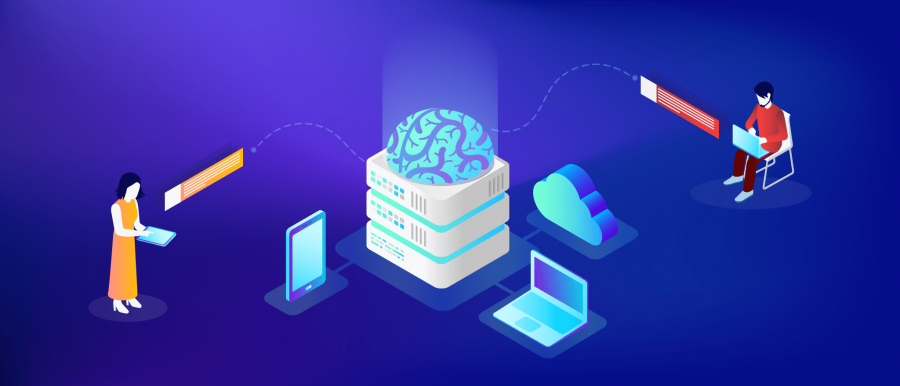
Overview
Web and mobile forensics refers to the recovery of evidence from the web or a mobile device under investigation.
This instructor-led, live training (online or onsite) is aimed at technical persons who wish to use digital forensics tools and techniques to detect, extract, decode, analysis, interpret and report evidence recovered from a website or mobile device.
By the end of this training, participants will be able to:
- Understand and apply different forensic acquisition techniques to inspect web and mobile data.
- Select the most effective forensic tools to web and mobile data.
- Understand how to access and decode different types of data structures in web servers, databases, and mobile phones for analysis.
- Methodically extract, reconstruct, and inspect data as potential evidence of cybercrime.
- Understand the legal implications of surrounding digital forensic analysis.
Format of the Course
- Interactive lecture and discussion.
- Lots of exercises and practice.
- Hands-on implementation in a live-lab environment.
Course Customization Options
- To request a customized training for this course, please contact us to arrange.
Requirements
- An general understanding of computer security.
- An understanding of data structures.
Audience
- Network engineers
- Security professionals
- Forensic investigation professionals
- Developers
Course Outline
Introduction
- The need for digital forensics experts
Cybercrime and its Socioeconomic Impact
- Identity theft, cyberbullying, data leakage, distributed denials of service, malware attacks, etc.
Challenges
- Speed, volume, complexity, file formats, privacy, legality
The Anatomy of a Cyberattack
- Tools, programming frameworks, services
Case Study: Ransomware Construction Kits on the Darkweb
Defensive Measures
- Encryption, obfuscation, information hiding, etc.
Forensics Analysis
- Tools and techniques
- Third-party applications
Web Forensics
- Stored data and filesystem analysis, network forensics, and reverse engineering
- Accessing remote servers
- Accessing applications and containers
- Server File Structures: files, databases, etc.
Mobile Forensics
- Stored data and filesystem analysis, network forensics, and reverse engineering
- Acquiring the Physical Devices
- Handling locked devices
- Mobile File Structures: Android and IoS
Retrieving User Activity Information
- Extracting and parsing data
Inspecting Datasets
- Traces, network traffic, log files, etc.
Reconstructing Evidence
- Detecting and recovering deleted data
- Automation and its shortcomings
Decoding Evidence
- Decompiling malware and spyware
Detecting Malware and Spyware
Analysis and Reporting
Legal Considerations
- Admissibility of evidence in court
Summary and Conclusion

Leave a Reply